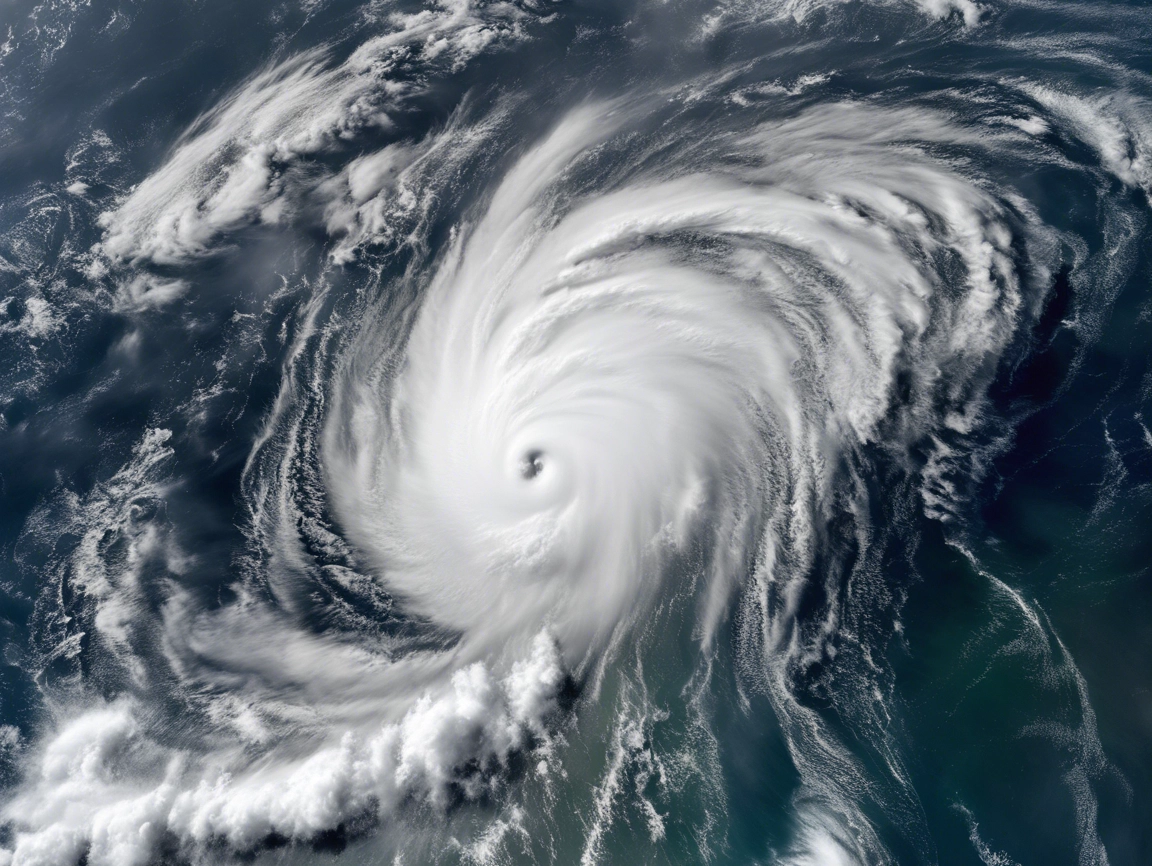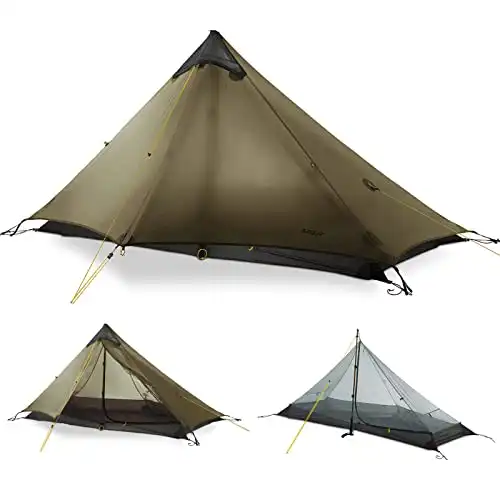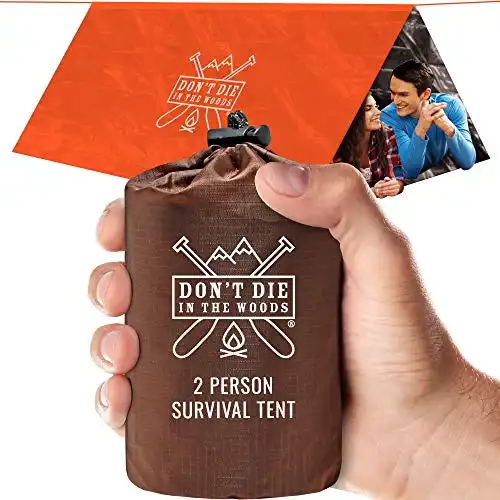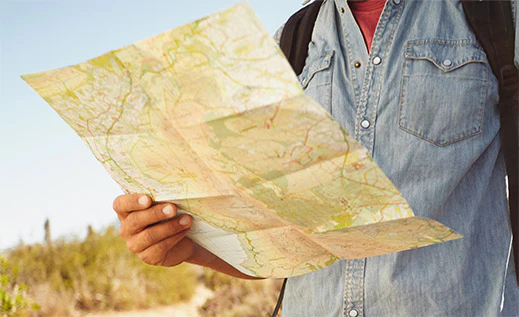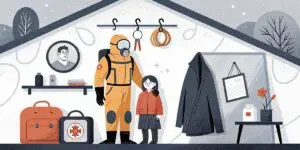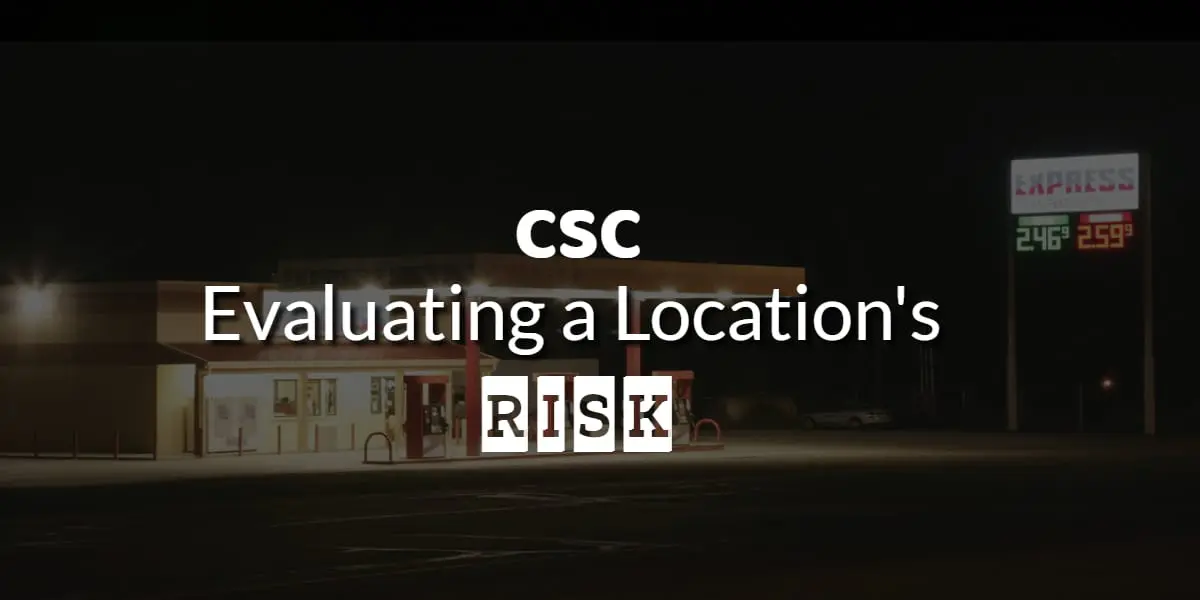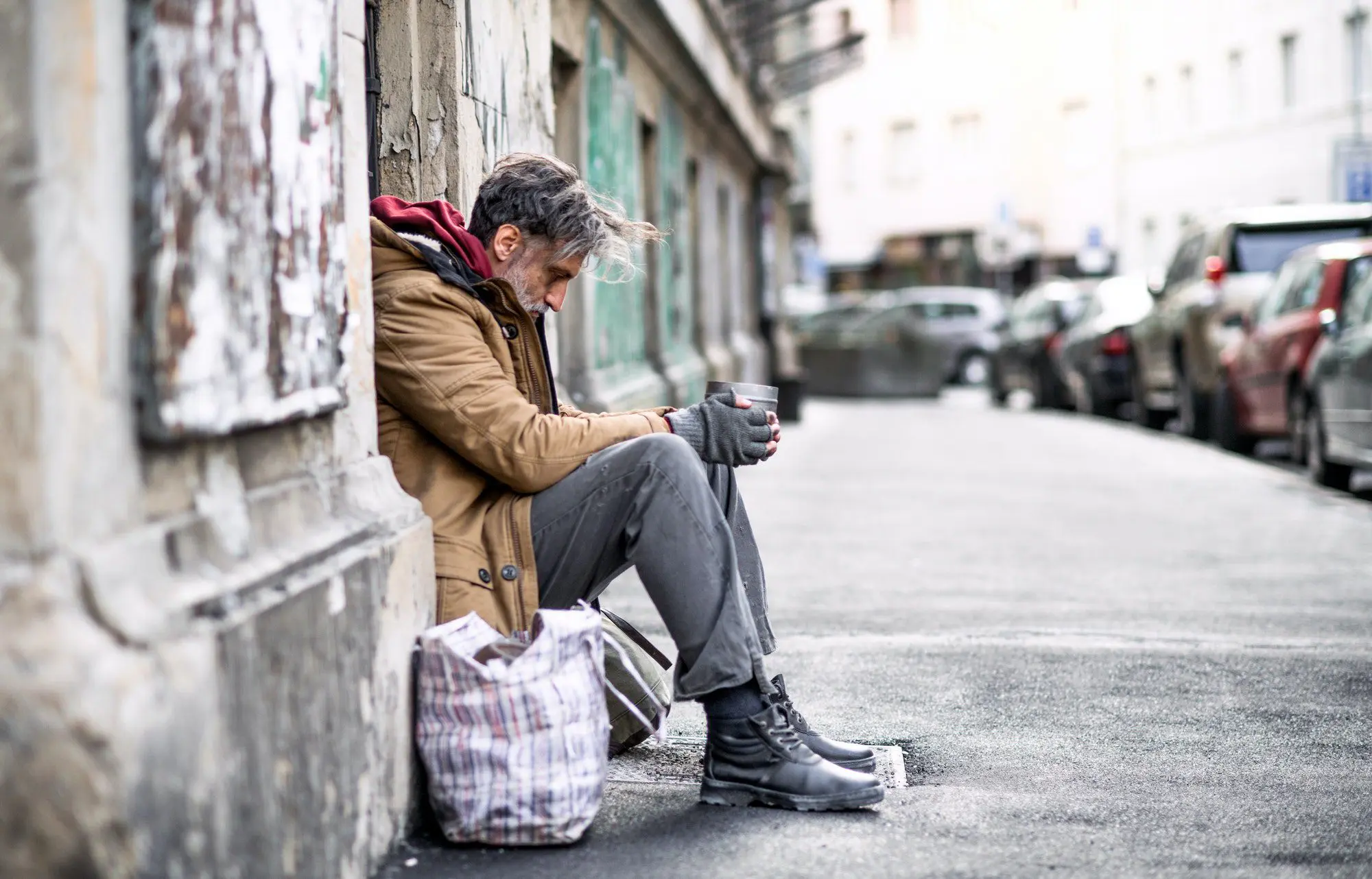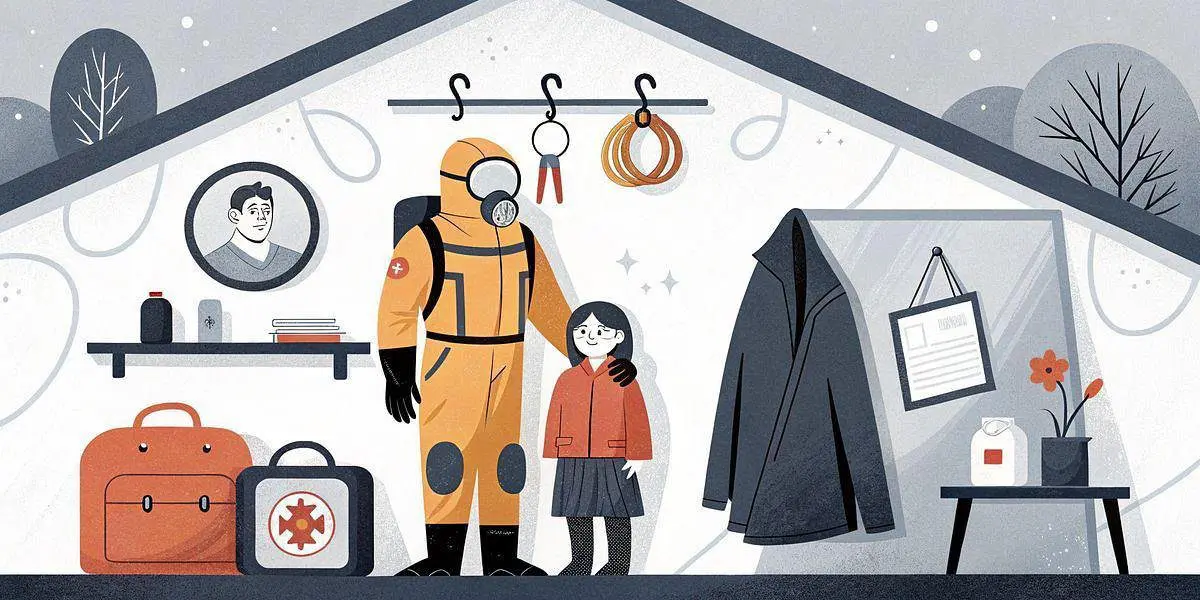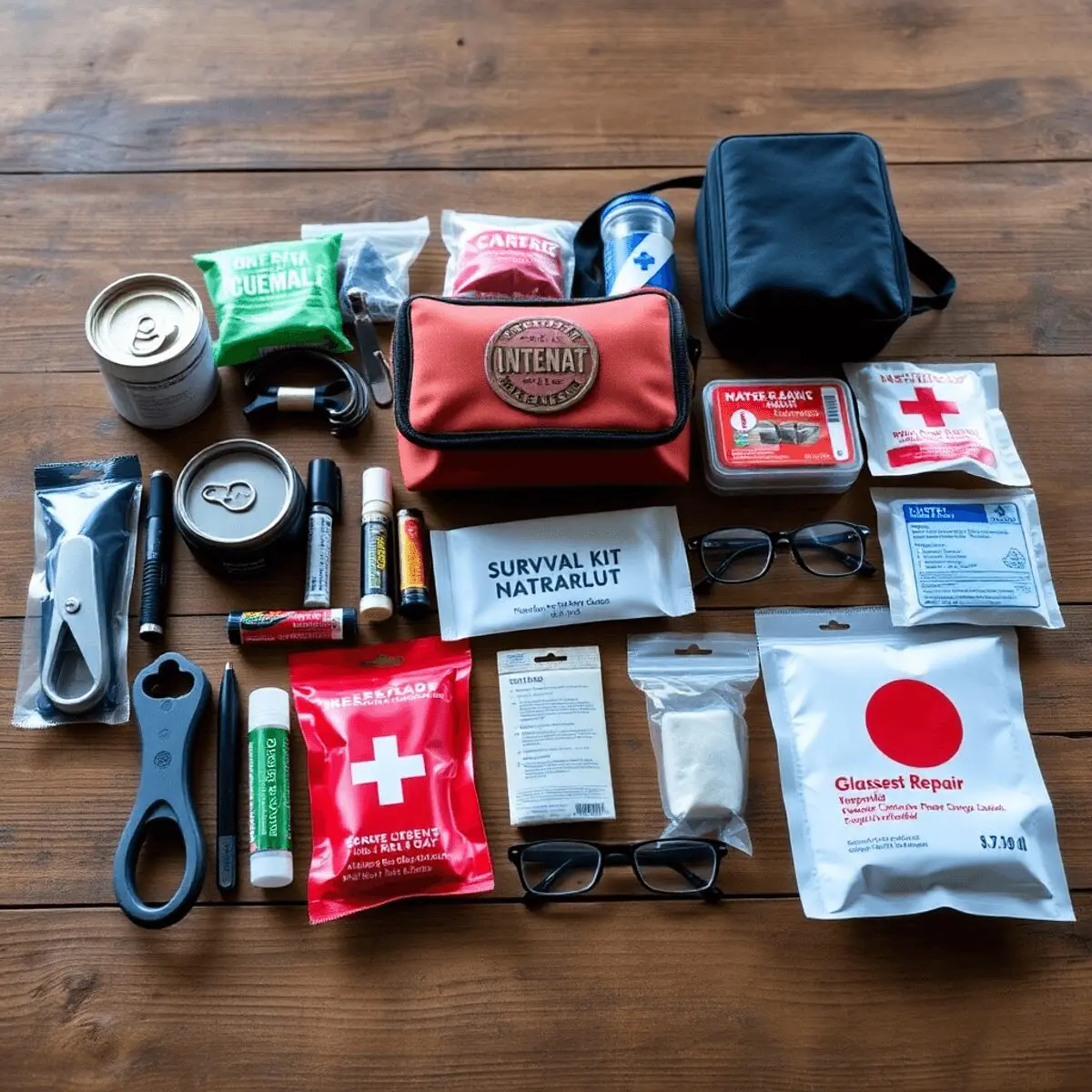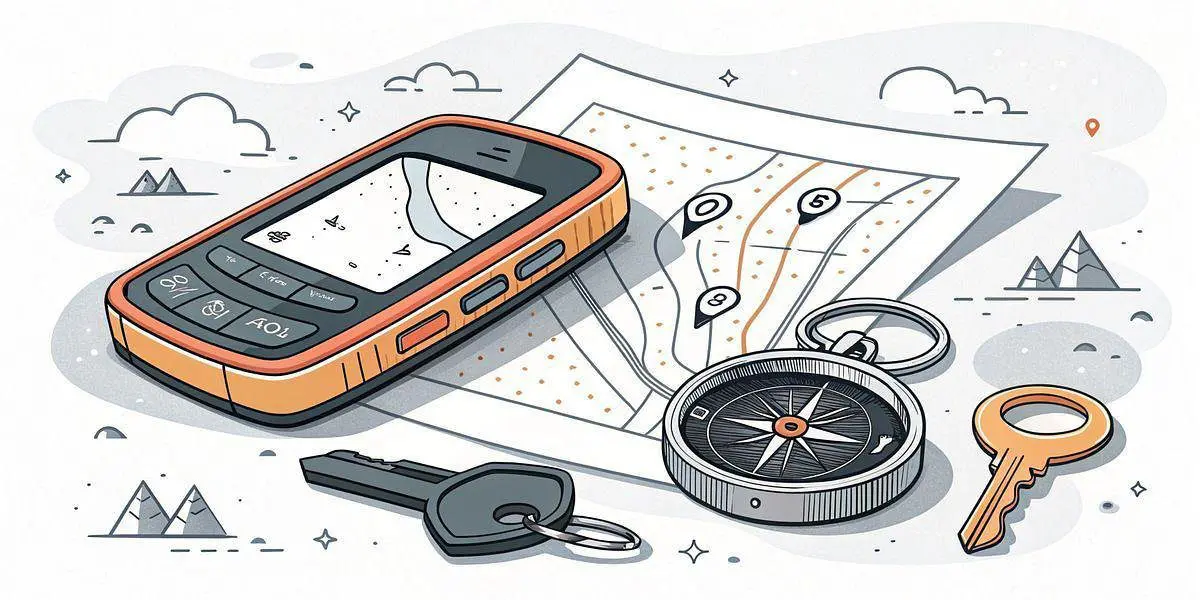Introduction
Recent weather events have shown us that nature can be as unpredictable as your neighbor’s BBQ schedule. For example, Hurricane Helene has caused widespread destruction, leaving communities to deal with the aftermath. Only to have Hurricane Milton one of the largest recorded hurricanes in history trailing right behind it. These incidents highlight a growing reality:
- Weather disasters are happening more often.
- These events are becoming more severe.
These disasters are not just minor disturbances; they pose a significant challenge that requires proactive action. Ignoring this trend is like taking a dangerous gamble with your safety and property.
The importance of preparing for weather disasters cannot be emphasized enough. Emergency management isn’t only for government agencies or survivalists stockpiling canned goods in their basements. It’s crucial for everyone who cares about their life and belongings. With each approaching storm, the stakes get higher. Lives are at risk, and without proper preparation, those lives—and homes—are in danger.
In a world where chaos can occur at any time, it is not only wise but also necessary to understand and respond to this urgency.
-
 $21.90Learn More
$21.90Learn Morewith LED Flashlight for Emergency, AM/FM NOAA Portable Weather Radio with 2000mAh Power Bank Phone Charger, USB Charged & Solar Power for Camping, Emergency
We earn a commission if you make a purchase, at no additional cost to you.
06/25/2025 08:05 pm GMT
Understanding Different Types of Weather Disasters
Weather disasters come in various forms, causing devastation and chaos across the globe. Recognizing these types is crucial for effective preparedness.
Common Types of Weather Disasters:
- Storms: These can range from hurricanes to tornadoes. Hurricanes, swirling giants of wind and rain, can unleash catastrophic flooding and destruction. Tornadoes, with their rapidly rotating columns of air, can obliterate everything in their path within seconds.
- Floods: Often a direct result of heavy rainfall or storm surge, floods can submerge entire communities. Flash floods arise suddenly, while riverine floods develop over longer periods, both posing significant risks to life and property.
- Wildfires: Fueled by dry conditions and strong winds, wildfires can spread rapidly through forests and grasslands. The aftermath often leaves a scorched landscape and poses health risks due to smoke inhalation.
Natural vs. Human-Caused Disasters
Understanding the distinction between natural disasters and those caused by human activity is essential:
- Natural Disasters: Events such as hurricanes, earthquakes, and volcanic eruptions occur without human intervention. Their origins lie in Earth’s own dynamic processes. Climate patterns play a role in their frequency and intensity.
- Human-Caused Disasters: While some calamities stem from natural events, others are exacerbated or triggered by human actions—think deforestation leading to increased wildfire risk or poor urban planning that makes flooding worse.
Being aware of these definitions and distinctions equips individuals to better prepare for the unpredictable nature of weather disasters. Preparing for the unexpected isn’t just about stocking supplies; it involves understanding what threats loom based on your environment. As we dive deeper into preparation strategies, recognizing the specific risks in your area becomes paramount.

The Alarming Rise in Extreme Weather Events
The number of extreme weather events happening around the world is shocking. Just look at the numbers: in 2021 alone, there were 20 major extreme weather events. This isn’t just a random occurrence; there’s a clear pattern here that we can’t ignore.
How Natural Climate Changes Affect Disasters
Natural climate changes have always influenced our weather. Here’s how these natural events can make disasters more frequent and severe:
- Warmer Ocean Temperatures: When oceans get warmer, hurricanes and tropical storms become stronger and more destructive.
- Shifts in Atmospheric Conditions: Changes in air pressure and temperature can lead to more powerful thunderstorms, tornadoes, and longer droughts.
- Extreme Seasons: Winters are becoming harsher while summers are experiencing record-breaking heat waves followed by unexpected snowstorms.
These natural cycles have been happening long before humans started using fossil fuels. It’s important to understand that even though human activities contribute to environmental changes, the vast majority of basic processes of our planet are still evolving on their own and impact the weather patterns.
The Importance of Recognizing These Changes
Ignoring these shifts could have serious consequences. As these disasters become more intense and frequent, we need better ways to prepare for them. We can’t downplay the significance of these events; they are not just isolated incidents but signs of what is to come.
Understanding these trends is vital for keeping ourselves safe, planning our communities, and managing resources. We must act now because the weather won’t wait for us to catch up. As you think about how to get ready for disasters, remember that these alarming numbers are a clear message—when nature decides to unleash its fury, it’s best to be prepared.
|
Primary Rating:
3.5
|
Primary Rating:
3.5
|
|
$149.99
|
$21.95
|
Why Prepping is Essential for Weather Disasters
Disaster preparedness is crucial. When weather disasters happen, the difference between chaos and control often depends on how well you’ve prepared. Proper preparation can greatly reduce risks during disasters. Here’s how:
1. Emergency Plans Save Lives
Having a detailed emergency plan ensures that you and your loved ones know what to do when disaster strikes. This includes evacuation routes, communication strategies, and designated meeting points.
2. Risk Assessment Is Key
Conducting a thorough risk assessment helps identify weaknesses. Assess both personal and community levels:
- Personal Vulnerabilities: Consider factors like your home’s location, structural integrity, and available resources.
- Community Vulnerabilities: Evaluate local infrastructure, emergency services, and community support systems.
Think of prepping as getting yourself ready with survival tools. By thinking ahead, you can take practical steps that could make a huge difference in life-threatening situations.
Consider this: during Hurricane Harvey in 2017, communities with established emergency plans had significantly better outcomes than those without. This isn’t just a coincidence; it shows the real benefits of being well-prepared.
Understanding the importance of prepping not only saves lives but also strengthens communities. When weather disasters happen, will you be prepared?

Steps to Create a Comprehensive Disaster Preparedness Plan
Creating a strong disaster preparedness plan is not just a good idea; it’s essential. Here’s how to do it effectively:
1. Identifying Local Hazards
Understanding what threats exist in your area is the first step in your disaster preparedness plan. Take note of local hazards that could disrupt daily life:
- Natural Disasters: Hurricanes, tornadoes, floods, or wildfires based on geographical factors.
- Technological Hazards: Chemical spills, power outages, or infrastructure failures.
- Human-Caused Events: Terrorism, civil unrest, or environmental disasters.
Research local history and consult community resources to gather information about past incidents. Knowledge is power, especially when lives are at stake.
2. Developing an Evacuation Plan
Once you’ve identified potential threats, it’s time to create an evacuation plan that covers all aspects:
- Routes and Transportation: Determine multiple routes for leaving your area. Traffic jams can become major obstacles during emergencies.
- Community Resources: Identify shelters and aid stations nearby. Knowing where to go can save valuable time.
- Communication Protocols: Establish how family members will stay connected during a crisis. A simple check-in system can prevent panic.
3. Assemble Your Survival Kit
Every good disaster preparedness plan includes a survival kit tailored to your needs:
- Essentials: Water, non-perishable food, first-aid supplies.
- Tools: Flashlights, batteries, multi-tools for emergencies.
- Personal Items: Important documents, medications, and any specialized gear you might need.
Store the kit in an easily accessible location and remember to update it regularly.
By taking these proactive steps, you’re not just getting ready for the worst; you’re empowering yourself and your loved ones to face potential disasters with confidence. The first step towards survival isn’t luck—it’s preparation.
-
 $31.28Learn More
$31.28Learn More250-Lumen EDC Ultra-Compact Flashlight with USB Rechargeable Battery, Clear Retail Packaging, Coyote
We earn a commission if you make a purchase, at no additional cost to you.
06/25/2025 09:03 pm GMT
Special Considerations for Vulnerable Populations During Disasters
Weather disasters don’t discriminate, but certain groups face unique challenges that can elevate their risk. Understanding these vulnerabilities is crucial for effective disaster preparedness.
Older Adults:
- Limited mobility can hinder evacuation efforts.
- Medical needs may require specialized care or medications.
- Communication barriers can lead to misinformation about safety protocols.
Individuals with Disabilities:
- Physical disabilities may restrict access to safe areas.
- Cognitive impairments can complicate understanding emergency instructions.
- Assistive devices need to be accounted for and made accessible during evacuations.
Other Vulnerable Groups:
- Low-income families often lack resources for emergency supplies or relocation.
- Language barriers can prevent effective communication of vital information.
- Homeless individuals may have nowhere safe to go during disasters.
Community resources for vulnerable populations during disasters play a vital role in mitigating these challenges. Local organizations, shelters, and volunteers should focus on:
- Creating tailored emergency plans that address specific needs.
- Establishing communication networks to ensure all populations receive timely updates.
- Training responders on the unique needs of various vulnerable groups.
Preparation isn’t just about stockpiling supplies; it’s about fostering an inclusive environment where everyone has a fighting chance against nature’s fury.
Topo Maps are an important part of your prepping supplies. At My Topo Maps you can purchase topographical maps for any area you need. They even offer customized topo maps for those wanting to perfect their prepping plan.
Staying Safe Before, During, and After Weather Disasters
Weather disasters don’t wait for an invitation. They crash into our lives unannounced, leaving chaos in their wake. Implementing practical safety measures can make a world of difference. Here are some essentials to consider:
Before the Disaster Strikes
- Secure Your Home:
- Inspect your property for vulnerabilities. Reinforce windows and doors, trim trees that could fall, and secure outdoor objects that could become projectiles.
- Invest in weatherproofing materials if you live in hurricane-prone areas.
- Create an Emergency Communication Plan:
- Set up a reliable method for family members to communicate during a disaster. Designate a meeting point if you get separated.
- Ensure everyone knows how to access emergency contacts and important documents (like insurance policies) digitally or physically.
- Stock Up on Essentials:
- A well-stocked prepper kit should include food, water, medications, first aid supplies, and other necessities.
- Don’t forget non-perishable items and even a few comfort items like books or games to keep spirits up during tough times.
During the Disaster
- Stay Informed: Keep a battery-powered radio handy to receive updates from local authorities. Knowledge is power—especially when Mother Nature is throwing a tantrum.
- Follow Evacuation Orders: If officials say it’s time to leave, don’t play hero at home. Gather your family and evacuate promptly.
After the Disaster
- Assess Your Surroundings Carefully: Once the storm has passed, check for hazards like downed power lines or gas leaks before stepping outside.
- Document Damage: Take photos for insurance claims while being cautious not to enter unsafe structures.
Prepping is much more than just supplies; it’s about creating a culture of safety within your home and community. By implementing these safety tips during weather emergencies, you’re not only protecting yourself but also fostering resilience among those you care about. Each preparation step taken today could be the difference between recovery and chaos tomorrow.
Finding Reliable Resources for Disaster Preparedness Assistance
In the chaotic aftermath of a disaster, having reliable resources is non-negotiable. Several key organizations stand at the forefront of disaster response efforts:
- NOAA (National Oceanic and Atmospheric Administration): Provides essential weather forecasts, warnings, and information on severe weather phenomena.
- FEMA (Federal Emergency Management Agency): Offers assistance in disaster recovery, preparedness training, and financial aid during catastrophic events.
- American Red Cross: Known for emergency response, they deliver shelter, food, and support to affected communities.
While these organizations are invaluable, expecting them to be your sole lifeline isn’t wise. A personal safety net can be just as important. Building an organized local network of like-minded individuals fosters resilience. Consider forming a group with neighbors and fellow preppers in your region who share similar goals. This community can:
- Share resources and knowledge
- Provide physical assistance during emergencies
- Create a support system for mental well-being
By not relying solely on government resources, you empower yourself and others to take control in times of crisis.
A proactive approach to finding resources for disaster preparedness assistance is crucial. Connect with local prepper groups or community organizations dedicated to emergency readiness. Utilize social media platforms to stay informed about upcoming workshops or training sessions focused on disaster preparedness.
Your ability to navigate through tough situations relies on preparation and having a robust support network—because when the winds howl and the floods rise, no one wants to be caught off guard.

